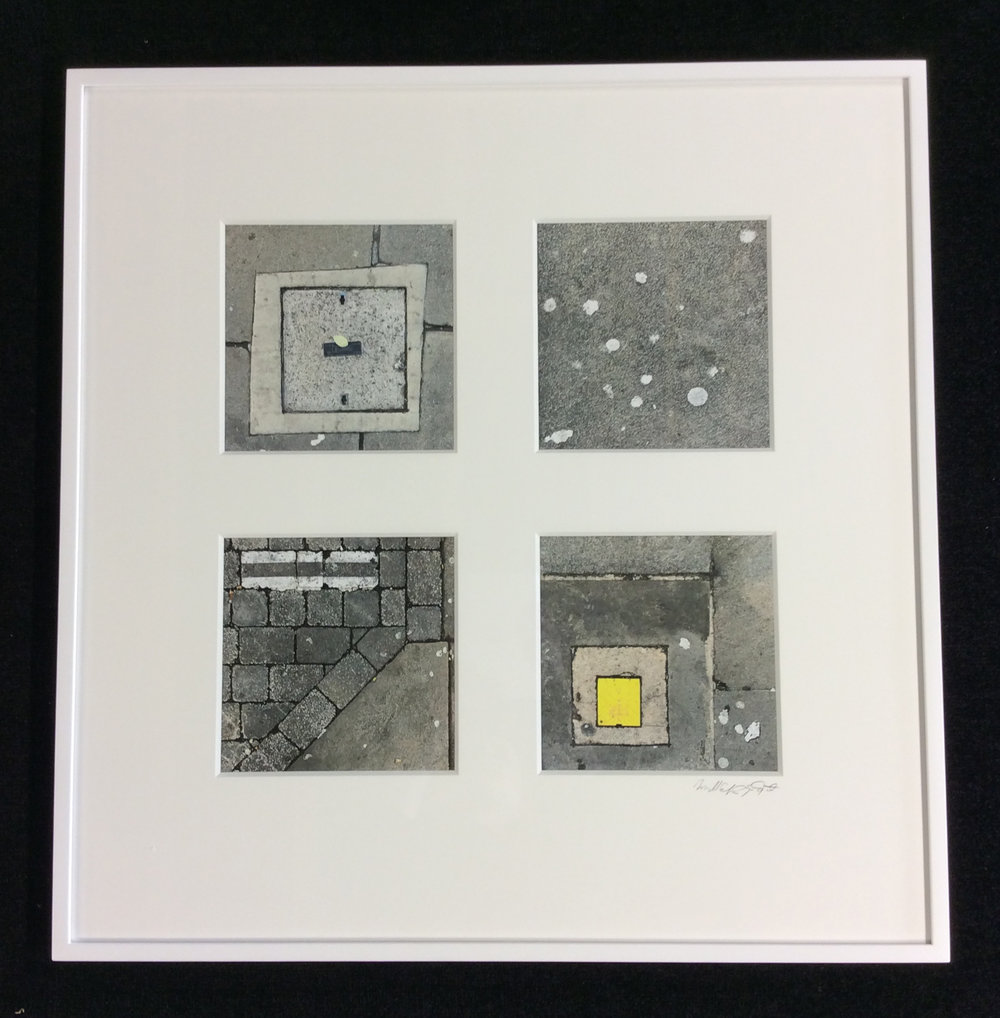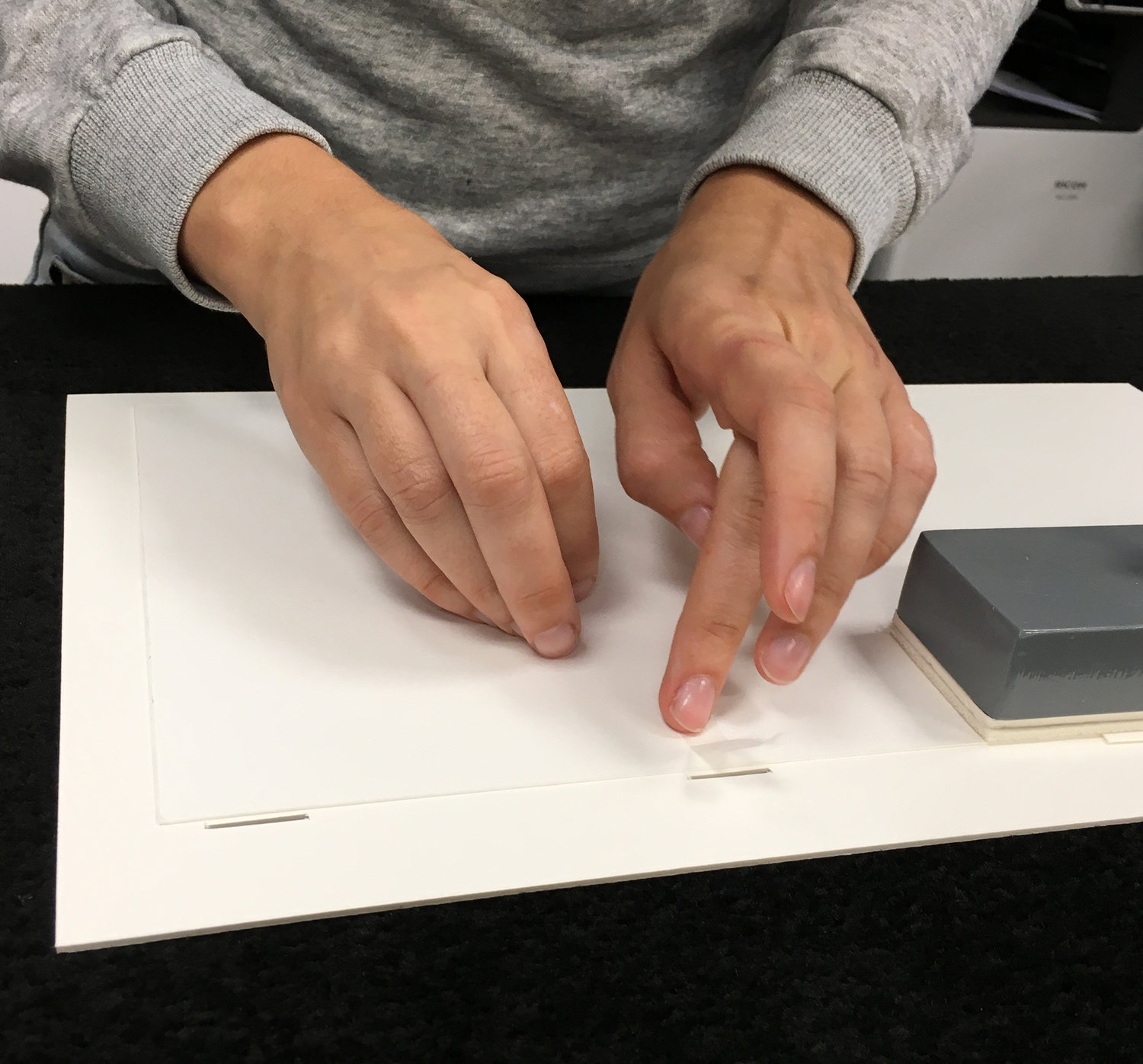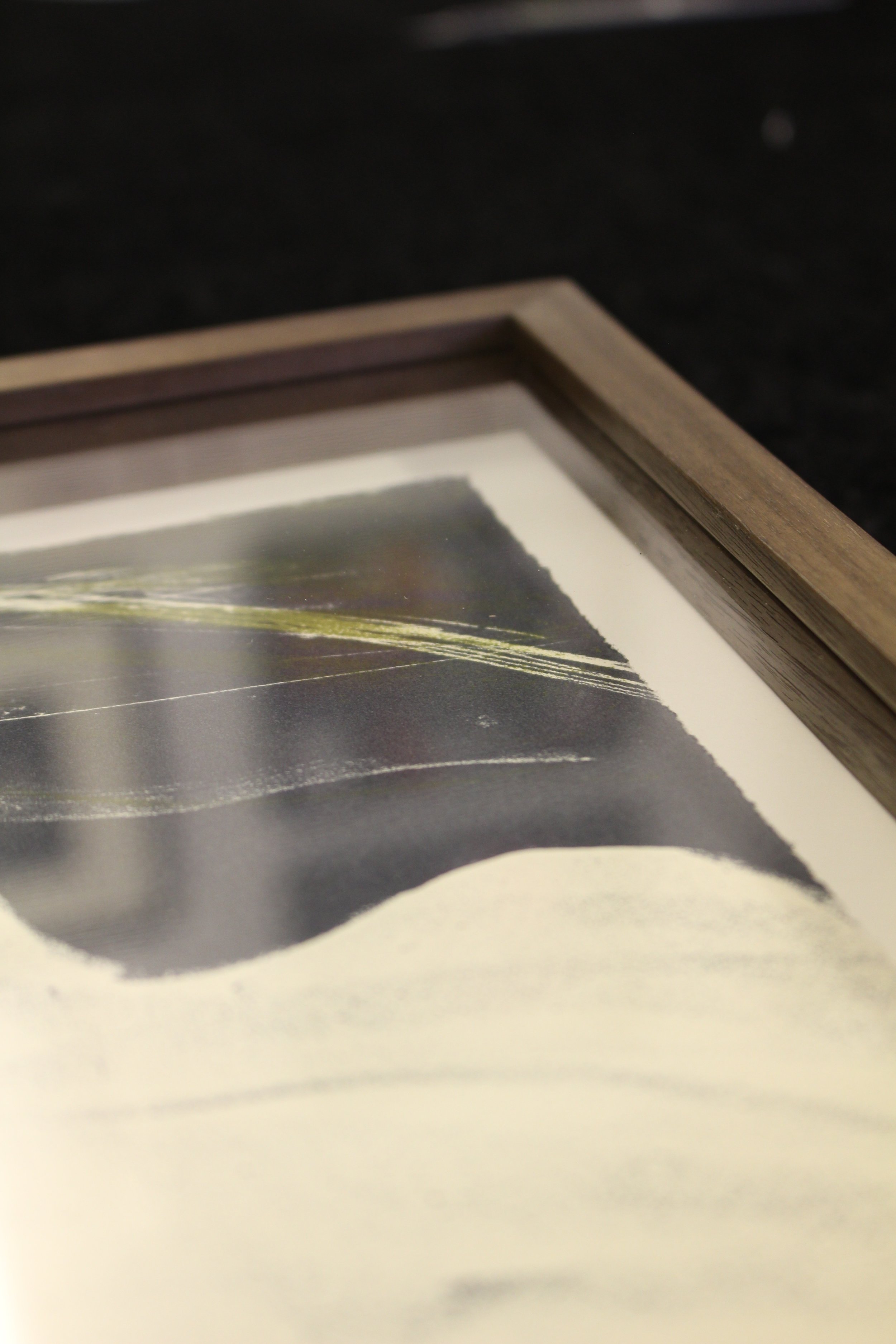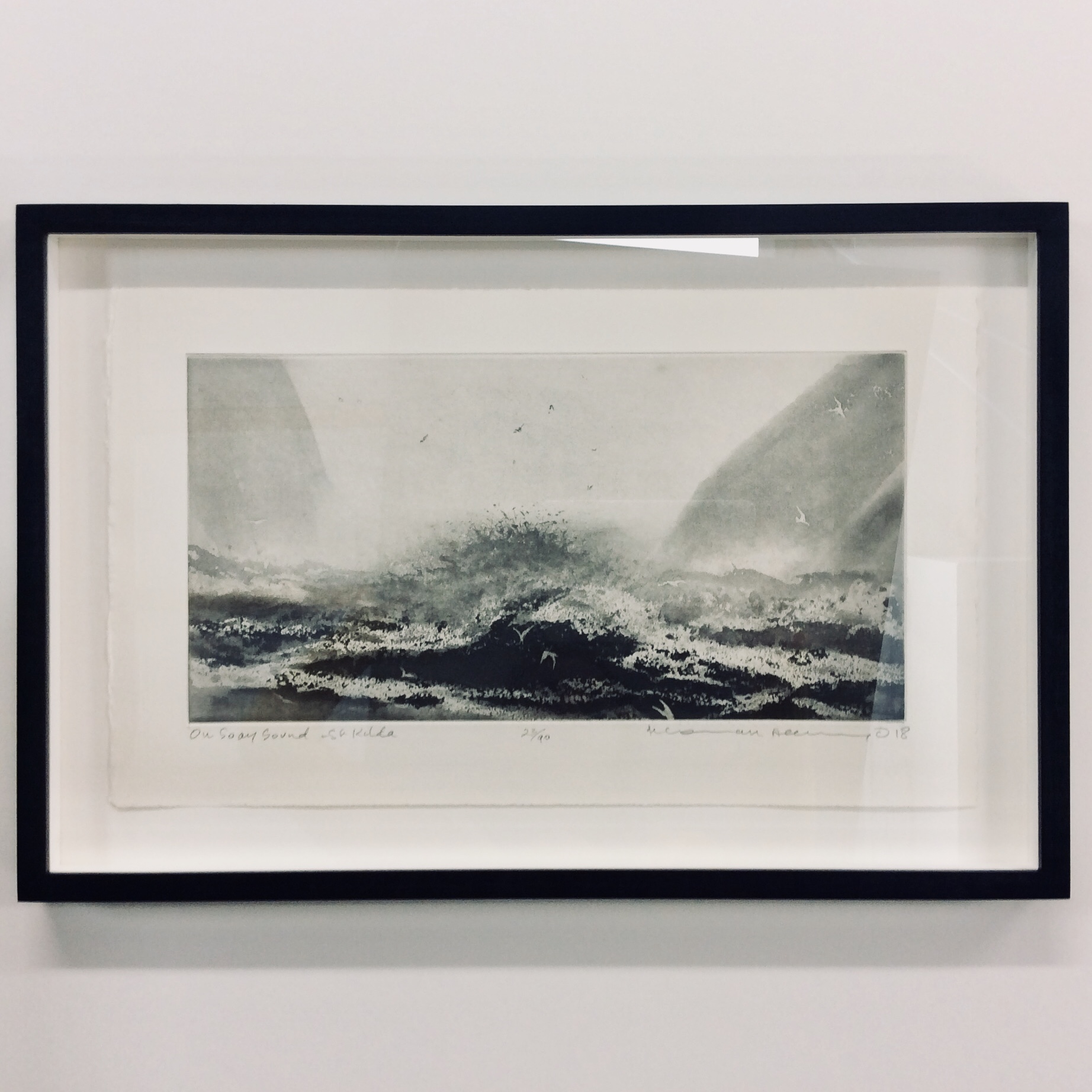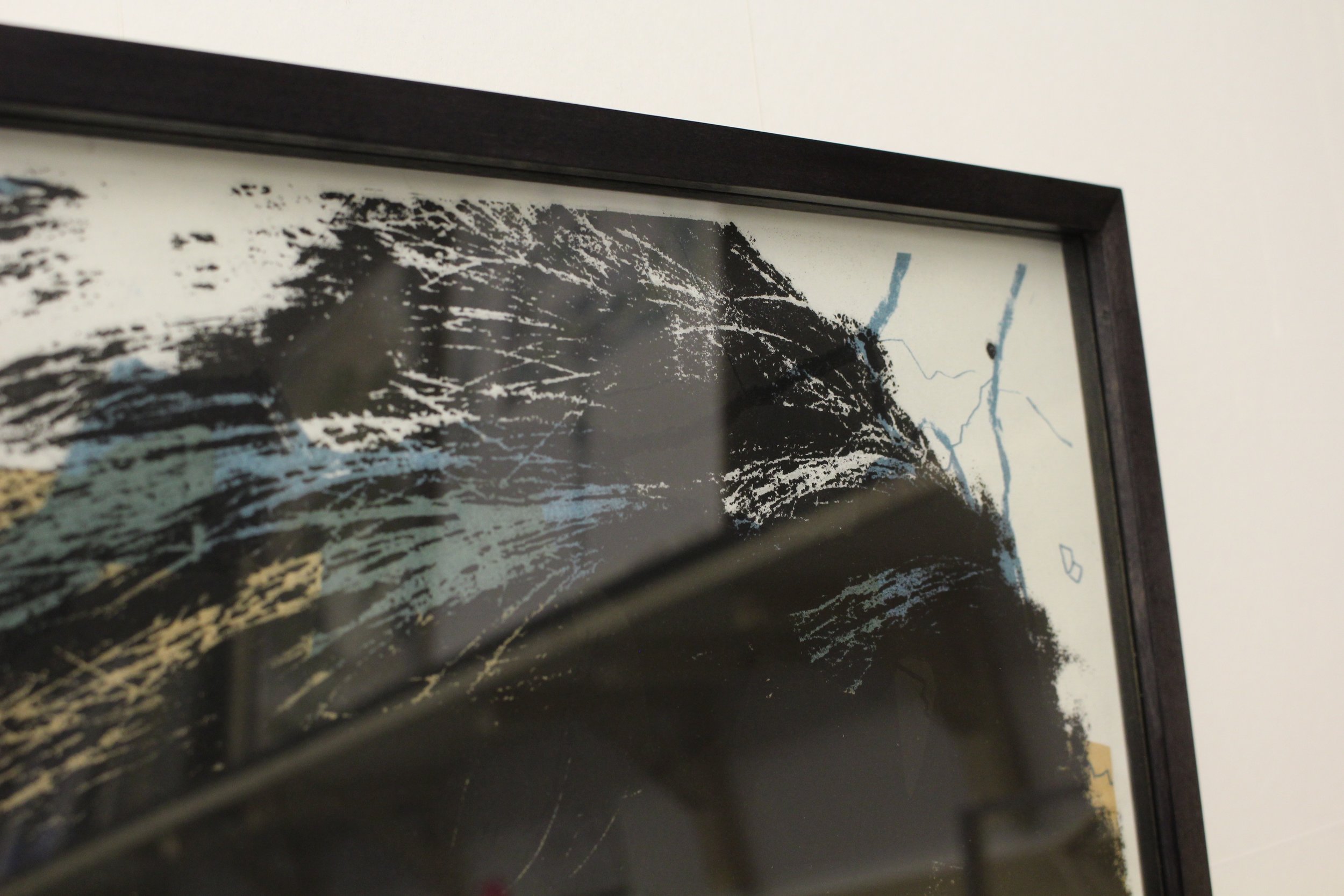Conservation Mounting A Work On Paper
Here at FRAME London, we’re committed to conservation framing, meaning the methods, materials and techniques we use are all to a museum standard so as to protect and preserve the artwork for longevity. There are many elements to this process but we thought we’d explain the techniques of conservation mounting a work on paper, and why it is so important for your artwork.
Why is conservation framing and mounting so important?
From a conservation standpoint, the primary function of a picture frame is to protect and house artwork from the many things that can damage it including light, humidity, fluctuations in temperature and storage to name just a few.
Each artwork is different due to paper type and media used, some papers hold up well to external threats, while others may be more delicate and more vulnerable to damage. Either way, to protect your artwork and enjoy it - conservation framing is a great solution.
The basic rules of conservation mounting are as follows:
The art must not be touching any acidic materials, this means using conservation mount board to encompass front and back of art, to act as a barrier between it and any potentially harmful backing board or wood
Minimal tabbing/interference with artwork is recommended
The only materials used for hinging the artwork should be acid free hinges and water soluble adhesive - most conservators prefer Japanese papers and wheat starch glue, which can be easily removed from the artwork by a conservator with water
No process should be used, that can’t be reversed
At FRAME, we advise customers on the best mounting methods for their artwork - so that they can look their best visually and be protected.
Window Mounting an Artwork
Window mounting - that is mounting an artwork behind a bevelled mount board window or ‘passpartout’ - is a more traditional form of mounting, and best used for artworks whose edges may need to be covered by board to hide any damage, to even out the borders on a print, or simply for aesthetic appeal, to give the artwork more ‘space’ in the frame. This method can also be good for an artwork that has been stored badly or rolled for a long time, as the mount can hold down the edges to allow it to flatten. Stylistically we would recommend it if the artwork will not be affected by the mount covering it’s edges by a few mm.
When window mounting an artwork, conservation quality board must be used front and back, to fully enclose the artwork. Under a window mount, photo corners can be used and covered by the window mount if this is preferred.
T-hinging the artwork is the other option - 2 paper hinges (or more dependent on the size of the artwork) will be attached to the paper at the top of the mount. Another paper hinge will then cross the top to make a ’T’ shape, and hold the artwork to the backing board. The window mount is them placed on top of this, and will cover the hinges, and the edges of the artwork.
Left: example of multi-aperture window mount.’Brick Lane (2018)’ by Elmgreen & Dragset - Whitechapel Gallery Editions.
Right: example of Japanese Hinging an artwork for float mounting.
Float Mounting (Box Framing)
‘Float mounting’ is a method of mounting whereby you see all edges of the artwork, which is attached to a backing mount. Here the hinges must be hidden behind the artwork but must be accessible so they can be cut to remove the artwork if needed. This can be done by folding them in half and placing under the artwork, or by cutting slits in the mount board in order to feed the hinge through and attach to the other side of the mount.
In conservation framing, the artwork cannot touch the glass, as any temperature fluctuations or moisture may cause it to stick to the glass and get damaged. Therefore, when float mounting an artwork, you must hold the glass away from the artwork with spacers. This lends itself to choosing a deeper frame, which can also be a style preference - the spacers can be unobtrusive and blend in with the mount, be the same colour as the frame, or even be a feature in themselves.
We have designed our gallery range especially to accommodate spacers for mounting, along with glazing and subframes for hanging.
Finally, it is important to seal the frame to avoid any dust, moisture or even small insects from getting in to the artwork and any damage this may cause.
If you have any questions about the best way to mount your artwork, we’re happy to help. Contact us for a consultation.


